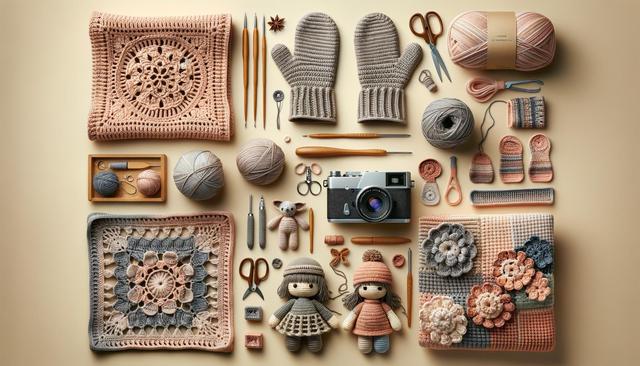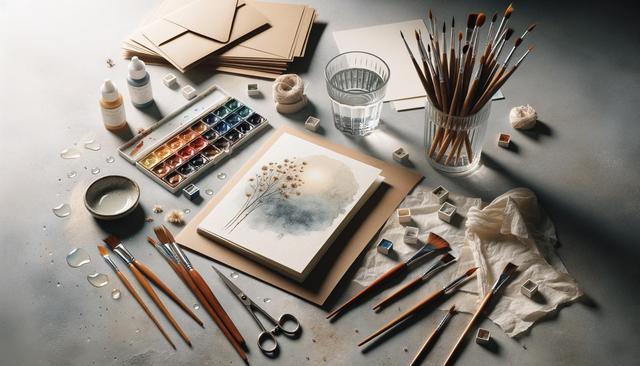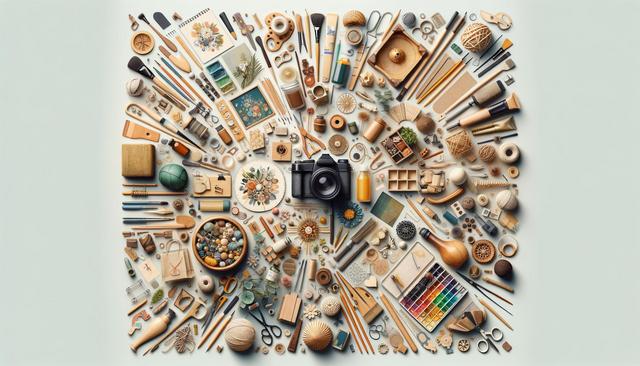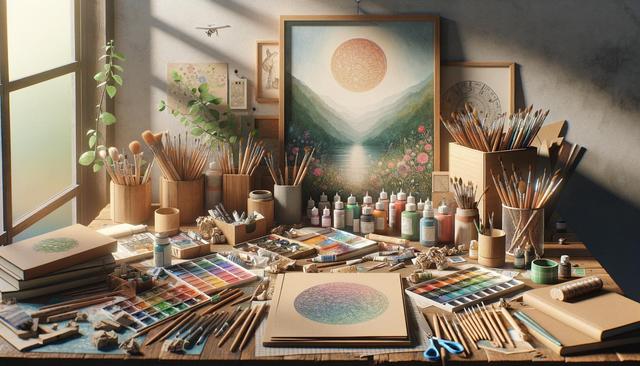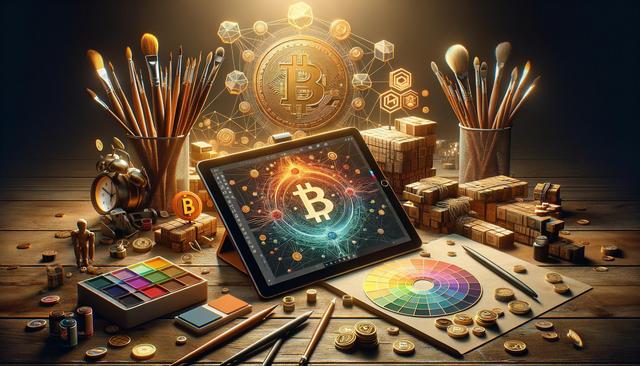From Sketchbook to Screen: Transitioning to a Digital Medium
The evolution from traditional to digital mediums is reshaping the landscape of fine arts and design.
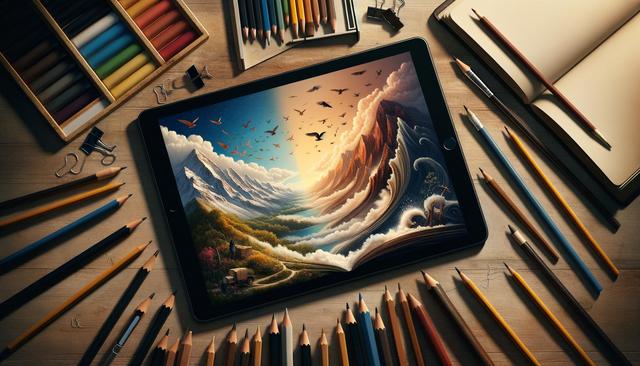
The Art of Transition: Embracing Digital Tools
The transition from sketchbook to screen is a significant shift for artists and designers, marking a new era in creativity and expression. This evolution is not just about moving from physical media to digital but also adapting to a new set of tools and techniques that redefine the creative process. Artists who are making this transition are discovering a wide array of digital tools that provide unprecedented flexibility and versatility. Digital platforms allow artists to experiment with colors, textures, and forms without the constraints of traditional materials. This flexibility encourages experimentation and innovation, allowing artists to push boundaries in ways that were previously impossible.
Digital tools have democratized art creation, making it more accessible to a broader audience. Artists no longer need expensive materials or studio space to create their work. Instead, they can use software and digital devices that are often more cost-effective and portable. This accessibility has opened up new opportunities for collaboration and sharing, as artists can easily connect and share their work with a global audience. The digital medium also allows for easy editing and corrections, enabling artists to refine their work without starting from scratch. This aspect of digital art encourages continuous improvement and learning, as artists can revisit and revise their work with ease.
Exploring New Dimensions: The Possibilities of Digital Design
The realm of digital design offers a plethora of possibilities that extend beyond the capabilities of traditional art forms. Digital design encompasses a wide range of applications, from graphic design and illustration to animation and interactive media. This diversity allows artists to explore new dimensions of creativity and expression, often blending multiple art forms to create unique and dynamic works. For instance, digital animation combines elements of drawing, painting, and cinematography, offering a rich and immersive experience for both the creator and the audience.
Moreover, digital design tools enable artists to create complex and intricate designs with precision and accuracy. Features such as layers, filters, and vector graphics offer control and detail that are difficult to achieve with traditional methods. These tools also facilitate the creation of scalable designs that can be easily adapted for different formats and platforms, from print to web to mobile devices. The ability to work in multiple dimensions and formats expands the potential applications of digital design, making it a valuable skill in various industries, including advertising, entertainment, and education.
Challenges and Adaptations: Navigating the Digital Landscape
While the transition to digital mediums offers numerous advantages, it also presents challenges that artists must navigate. One of the main challenges is the learning curve associated with mastering new software and tools. Digital design programs can be complex, requiring artists to invest time and effort into learning how to use them effectively. However, many resources are available to support this learning process, including online tutorials, workshops, and community forums where artists can share tips and advice.
Additionally, the digital medium can sometimes feel less tactile and personal compared to traditional art forms. Artists may miss the physical interaction with materials and the unique textures and imperfections that come with traditional media. To address this, many artists incorporate traditional elements into their digital work, creating hybrid pieces that combine the best of both worlds. By blending traditional and digital techniques, artists can retain the authenticity and individuality of their work while embracing the advantages of digital tools.
The Impact of Digital Media on Artistic Expression
The rise of digital media has had a profound impact on artistic expression, influencing not only how art is created but also how it is consumed and appreciated. Digital platforms have transformed the way art is shared and experienced, allowing for greater interactivity and engagement. Artists can now reach a global audience with a few clicks, sharing their work through social media, online galleries, and virtual exhibitions. This accessibility has democratized the art world, giving emerging artists a platform to showcase their work and connect with viewers around the world.
Furthermore, digital media has expanded the possibilities for interactive and immersive art experiences. Technologies such as virtual reality (VR) and augmented reality (AR) offer new ways for audiences to engage with art, providing a multisensory experience that traditional media cannot match. These technologies allow viewers to explore art in a virtual space, interact with it in real-time, and even become part of the artwork itself. This shift towards interactive and participatory art reflects a broader trend in the art world towards greater engagement and communication between artists and audiences.
Conclusion: Embracing the Future of Art and Design
As artists continue to transition from sketchbook to screen, the digital medium promises to play an increasingly important role in the future of art and design. This shift is not just about adopting new tools but also embracing a new mindset that values innovation, experimentation, and collaboration. By leveraging the capabilities of digital tools, artists can explore new creative possibilities and reach wider audiences, redefining what art can be in the digital age.
While the transition may come with challenges, the rewards are significant for those willing to adapt and learn. The digital medium offers a wealth of opportunities for artistic growth and expression, enabling artists to push the boundaries of their craft and connect with others in meaningful ways. As the digital landscape continues to evolve, artists who embrace these changes will be well-positioned to shape the future of art and design, creating works that inspire and resonate with audiences around the world.

